How to Restore Your Period as an Endurance Athlete
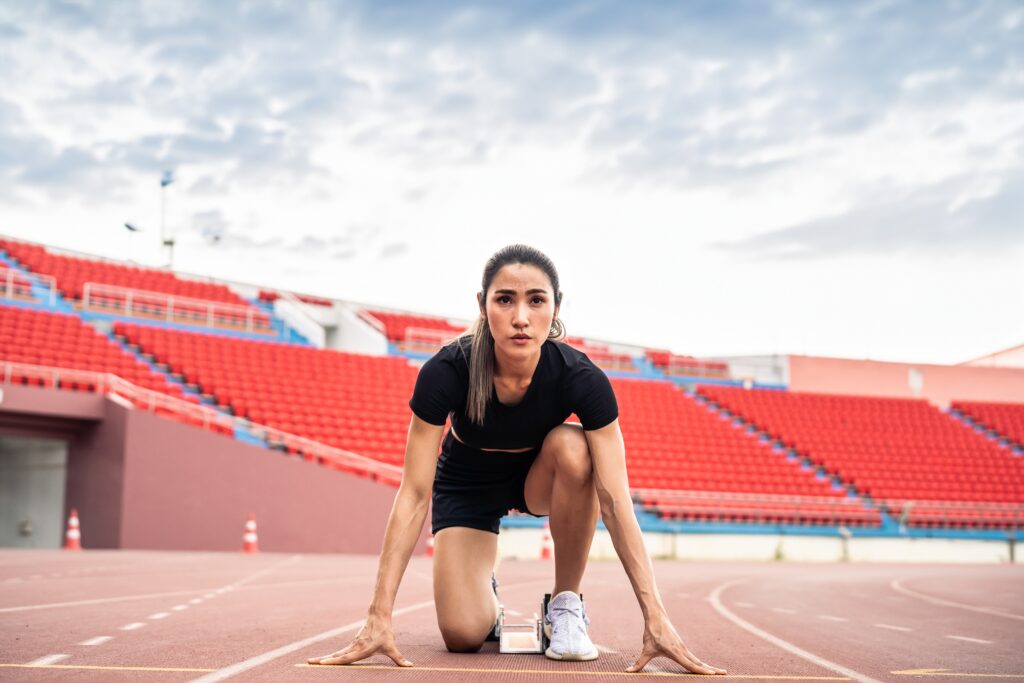
Athletes burn tons of extra calories each day because of the high demands of their training. If their nutritional needs are not being met, they may be underfueling. For female athletes, underfueling poses a high risk for secondary amenorrhea, which is defined as the absence of three or more periods in a row by someone who has had periods in the past. It can lead to a variety of other health issues, specifically impacting bone health and lowering immunity. Unfortunately, secondary amenorrhea is extremely common in female runners.
ENERGY BARS AND BITES
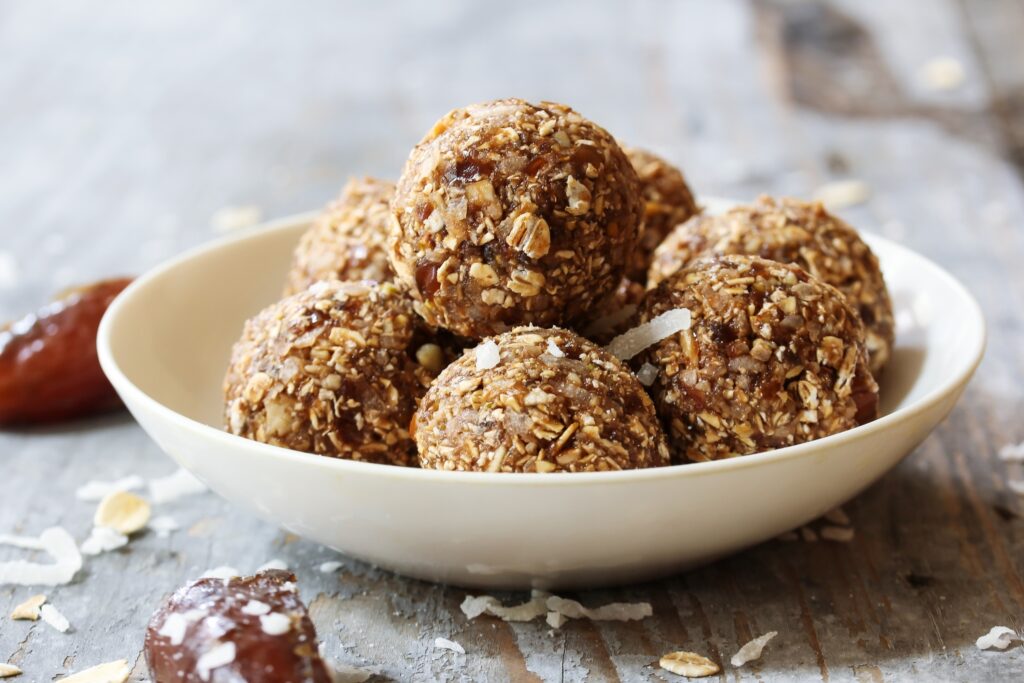
Athletes have high energy demands, and it can be difficult to meet these needs with meals alone. Energy bars and bites are a great way to offset hunger and fill in gaps between meals. Together with my intern, Sara, we created a list of energy bars and bites that we personally enjoy. These recipes can be easily prepared as a convenient way to meet nutritional needs.
NYC MARATHON NUTRITION PANEL
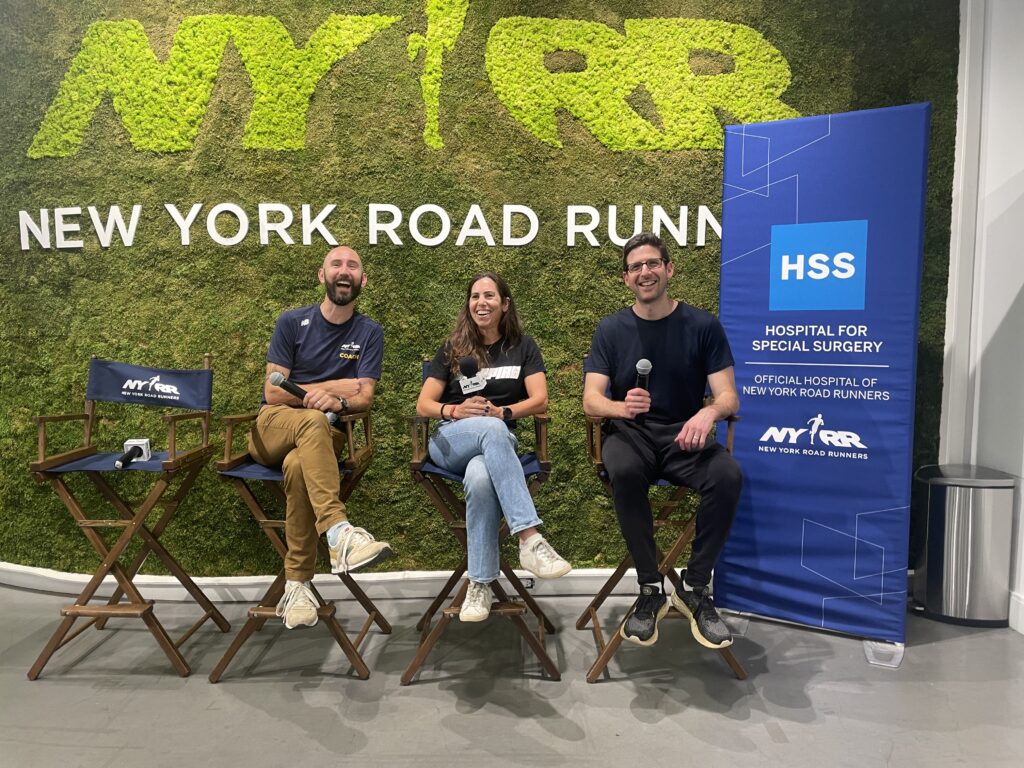
If you’re a marathon runner, you’ll appreciate this presentation. On July 16th, 2023, I was invited to participate in the NYC marathon nutrition panel hosted by NYRR. We covered a lot of important topics for runners such as: hydration, fueling strategies, best gear, and how to prevent hitting the wall. Click the link to see the full presentation.
How Social Media Affects Athletes

Social media can be a great place for athletes to connect with other athletes, share content about their own journeys, and follow their favorite pros. However, social media can also become a toxic environment for those who are not cognizant of its impact.
How To Eat If You Are Training for a Marathon
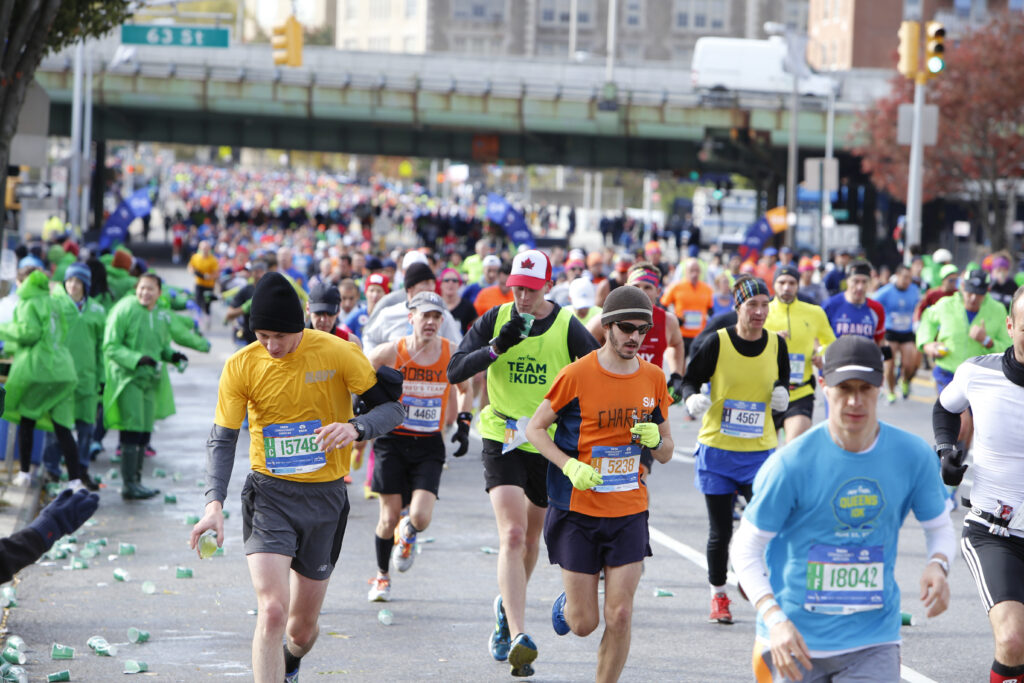
The way you nourish your body is equally important as your training and strength exercises. As a sports nutritionist based in NYC, I frequently encounter questions regarding dietary recommendations for individuals preparing for a marathon.
Oatmeal 101: How to Level Up Your Daily Oatmeal
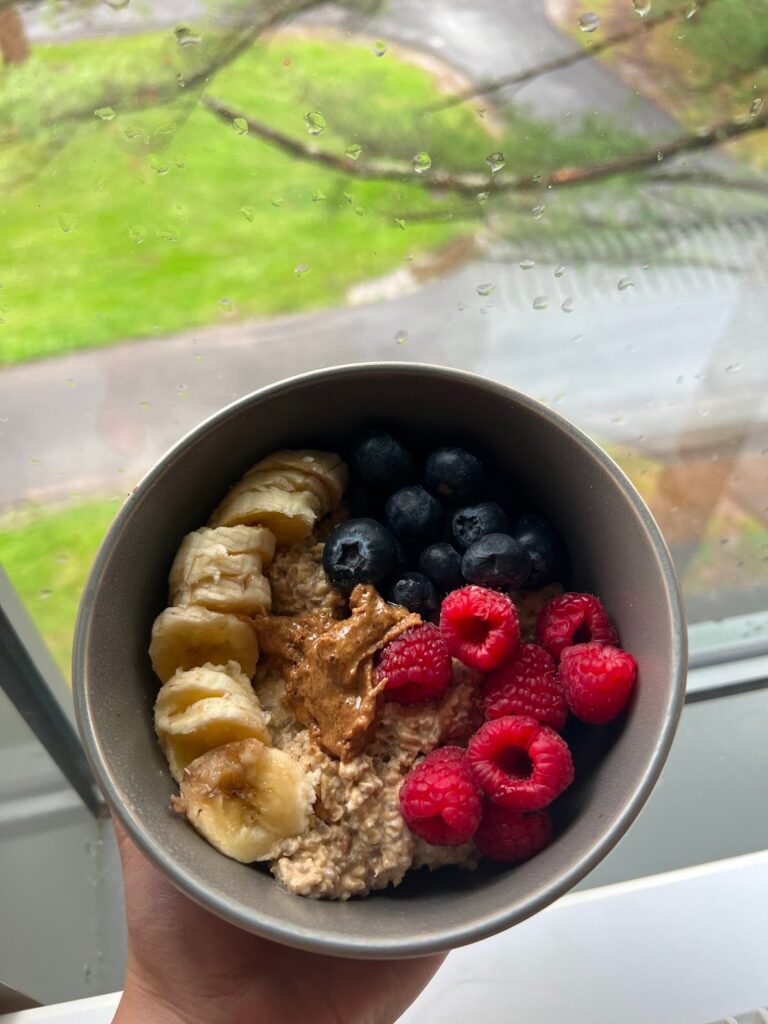
Oatmeal is a fantastic breakfast option for runners. Oats are a very nutritionally rich food, as they contain carbohydrates, proteins, vitamins and minerals and antioxidants. Additionally, oats are generally easy on the stomach and are filling without causing discomfort. Oats are a great pre-run option for sustained energy.
Delicious Recovery Smoothie Ideas for Athletes

These are great for after a workout because they contain the perfect balance of protein and carbohydrates. They also have plenty of antioxidants to help with tissue repair. Smoothies are a delicious and easy way to refuel and recover after a tough workout. Packed with protein, carbs, and antioxidants, these recovery smoothie ideas are perfect for athletes looking to optimize performance and recovery.
Fuel Your Body: A Week of Nutritious Dinners for Athletes
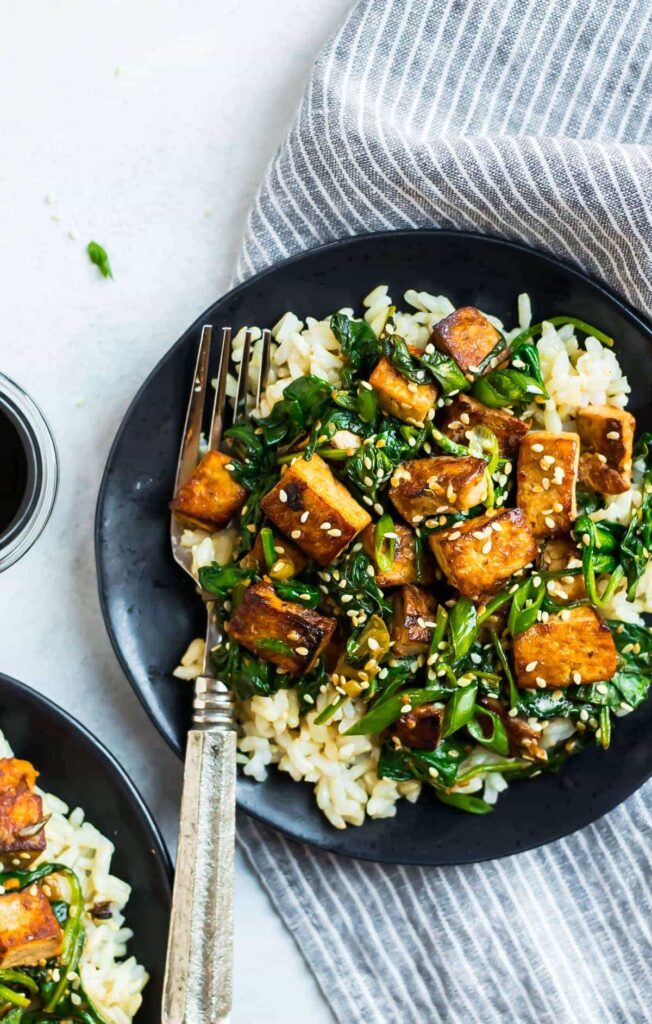
As an athlete, what you eat is crucial to fueling your body and providing the necessary nutrients to support your training and competition. However, it can be challenging to come up with new and healthy meal ideas each week. That’s why I’ve put together a list of weekly dinners that are perfect for athletes!
Easy LUNCH ideas for athletes
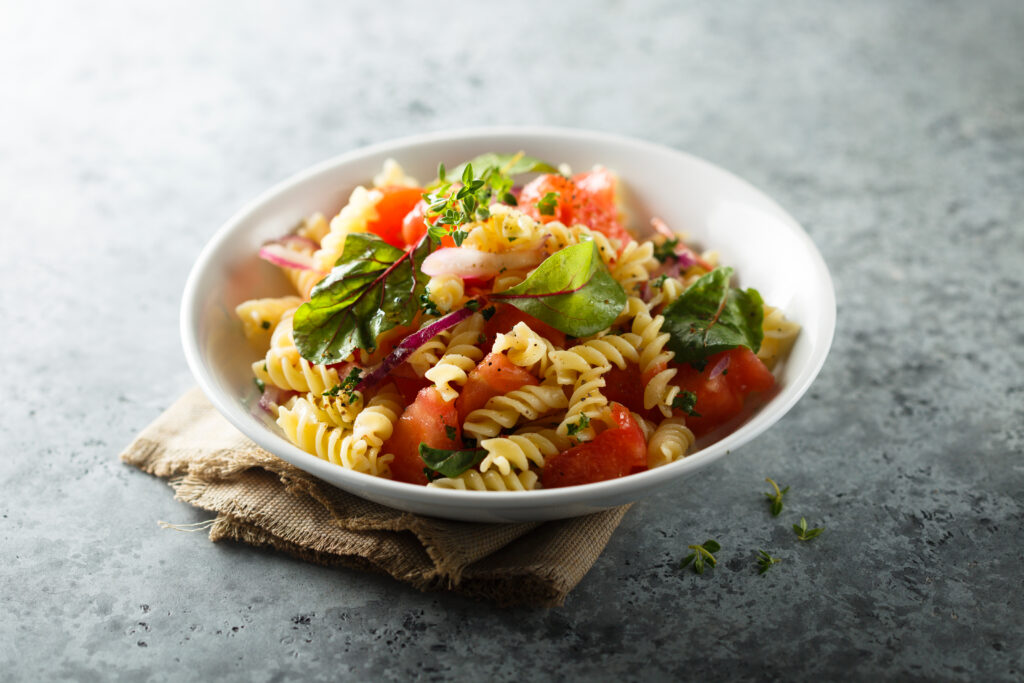
Lunchtime is an opportunity to replenish nutrients from your morning workout or prepare your body for an evening workout. Plan out lunches to ensure you have a variety of foods in your home to prepare meals.
Athlete’s Guide to Optimizing Bone Health
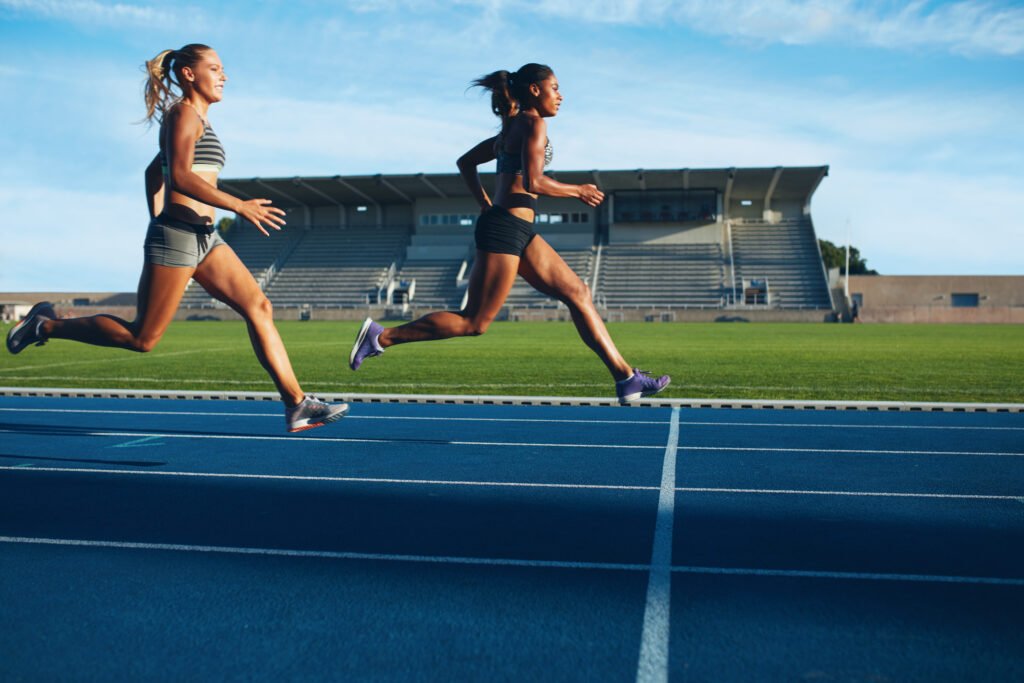
Bone stress injuries (BSI) such as stress fractures and stress reactions are common among athletes with a lifetime prevalence of 40%. They can happen suddenly, just as an athlete might be peaking with training. Most injuries can take about two months to recover. Newer research has identified certain risk factors to help prevent bone stress injuries.